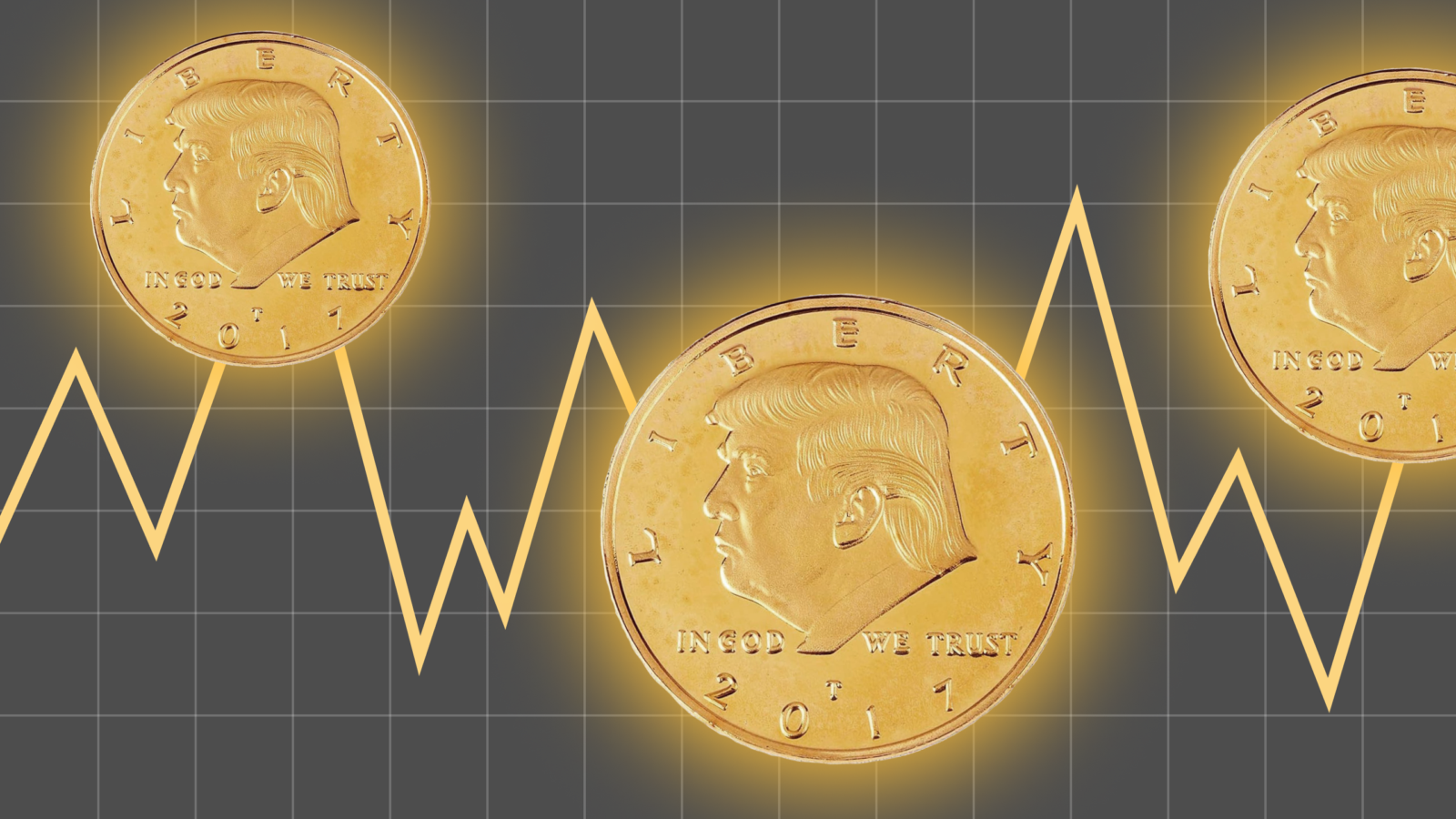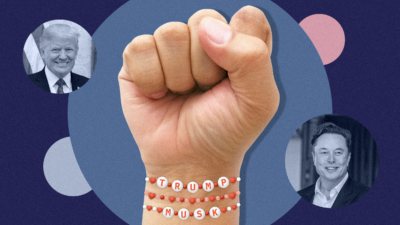Risk On…Despite Everything?
Interest rates and risk appetite to set the table for 2024…

Sign up to unveil the relationship between Wall Street and Washington.
Interest rates and risk appetite to set the table for 2024.
The price of gold is known to follow expectations for interest rates.
That’s because gold investments won’t pay you any kind of income, so it’s not the best bet when rates are high, as they have been of late.
But when rates are falling, gold valuations rise. And this week, the price of gold jumped to a six-month high, as investors increasingly bet that the U.S. Federal Reserve’s rate-hiking campaign is coming to an end – and may even revert to rate cuts in 2024.
Although it is early days, the CME’s FedWatch tool signaled a 25 percent probability of a Fed rate cut as soon as March.
This week, even traditionally hawkish Fed Governor Christopher Waller said he was hopeful inflation would cool without gutting the job market. “I am increasingly confident that policy is currently well positioned to slow the economy and get inflation back to 2 percent,” he said, adding he was “reasonably confident” it could be done without driving up unemployment, which is hovering at 3.9 percent.
So, even if you don’t think you care about gold, there’s reason to keep an eye on it, because the question of whether rates go up or down in the New Year will inevitably affect your finances when it comes to housing, jobs, debt, credit and possibly even the outcome of the U.S. presidential election.
Adding to this picture, November posted strong gains for stocks and bonds overall, with investors and institutions holding record amounts of cash in money-market funds – to the tune of $5.7 trillion – which offer returns above 5 percent, higher than what most banks can offer.
Even so, all that money won’t be parked there forever. According to The Wall Street Journal, some analysts see these frothy cash balances as a sign that market participants are poised to sink yet more money into stocks, bonds and other investments. As a case in point, it noted the tech-laden Nasdaq-100 Index notched its biggest inflow in history in mid-November, and the higher-risk parts of the corporate bond market, such as funds that track high-yield bond indexes, had their two highest weekly inflows on record this month.
In other words, as inflation eases, risk appetite is back. But interest rates will pave the way for what happens next, so all eyes will be on the Fed meeting Dec. 12-13 and if rates hold steady at the target of 5.25 percent to 5.50 percent in what has become a much-ballyhooed, hoped-for “soft landing” for the U.S. economy.











